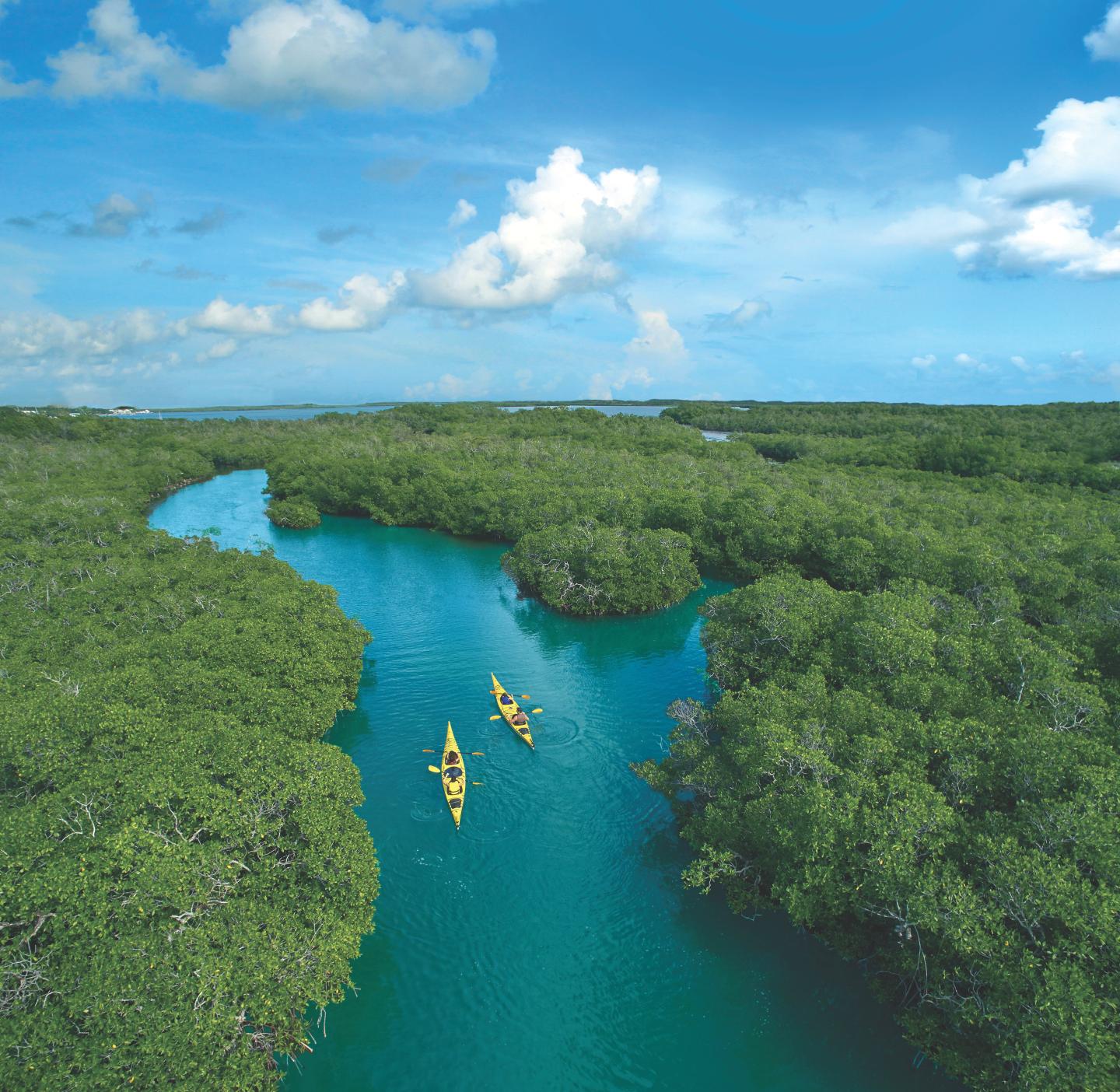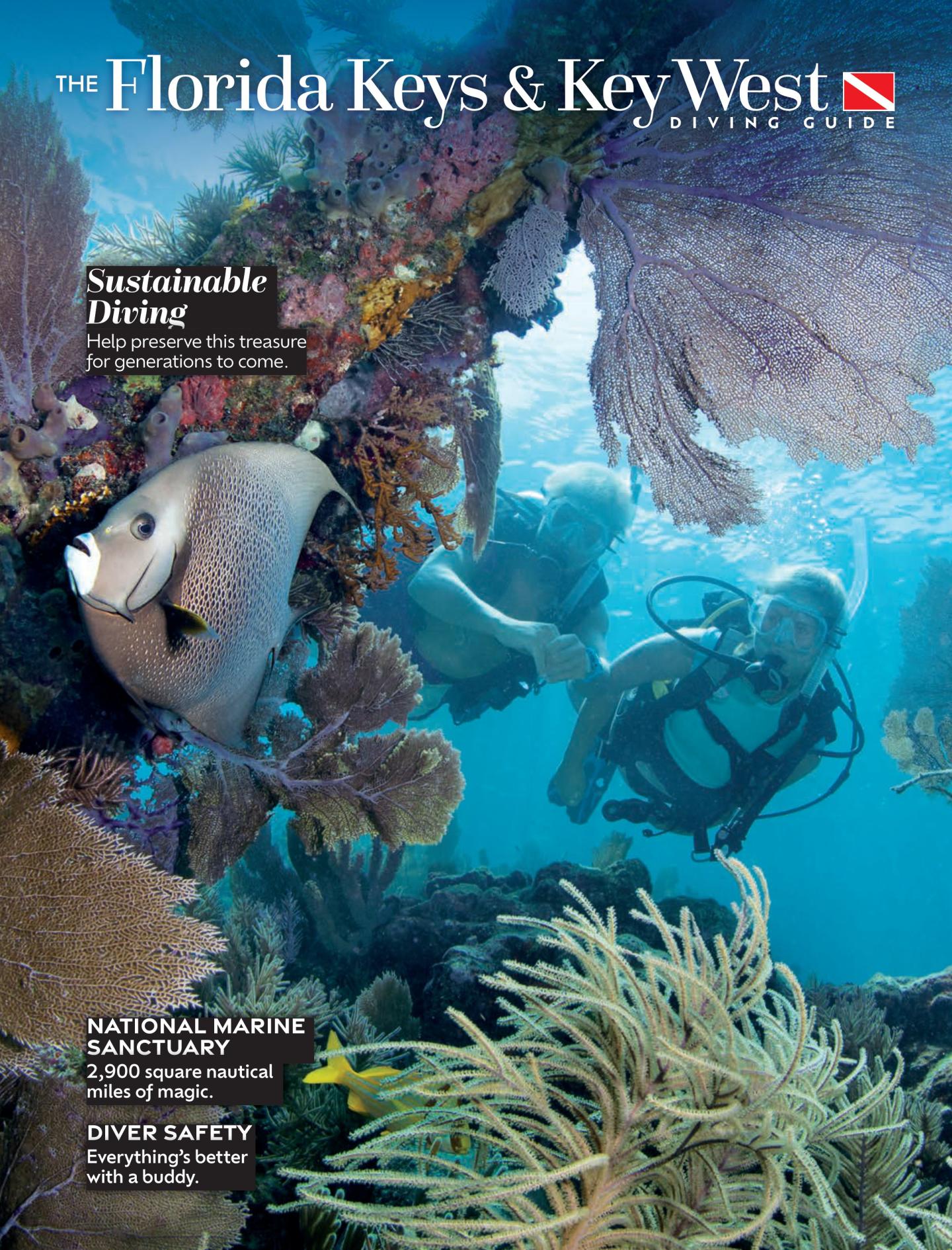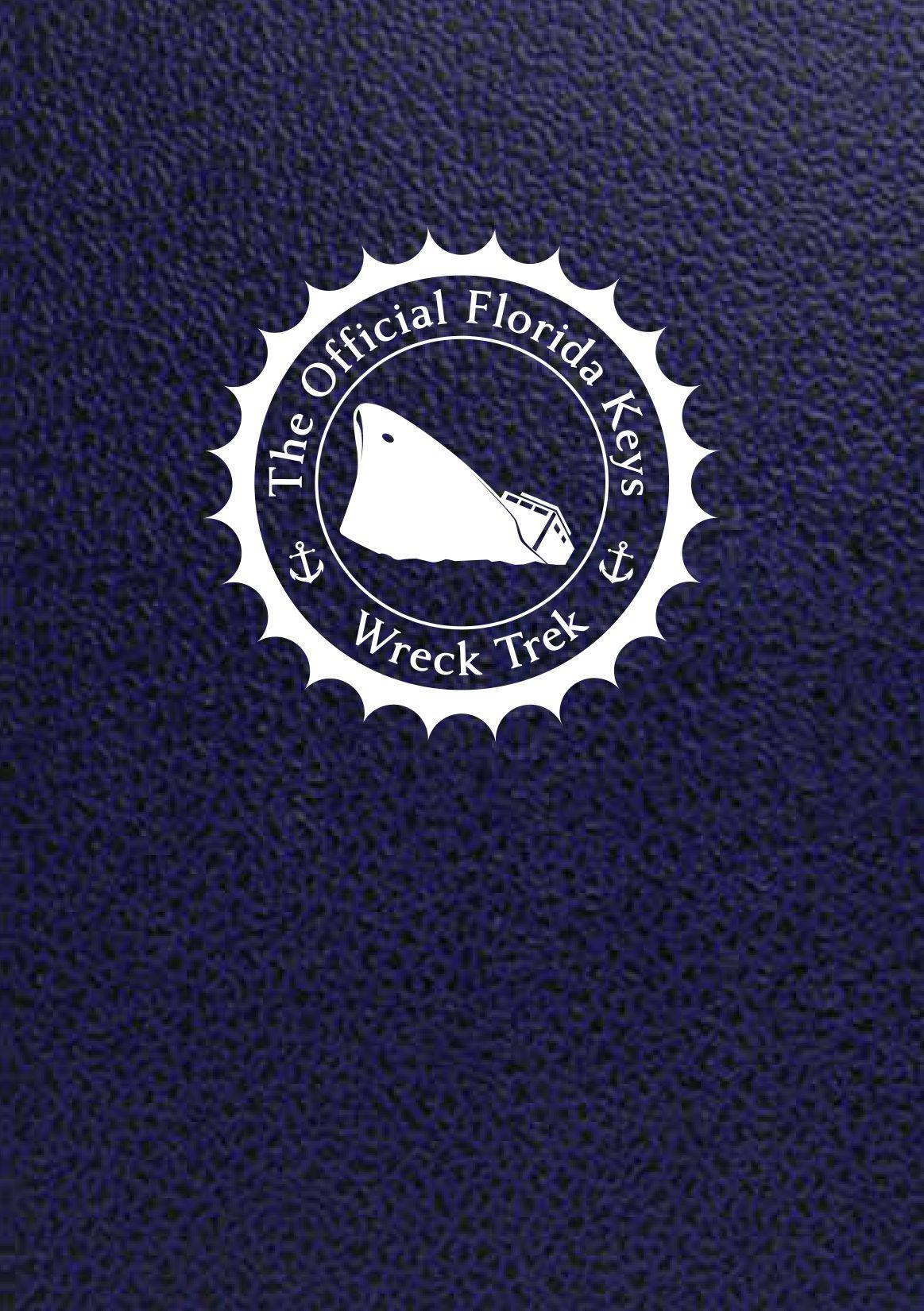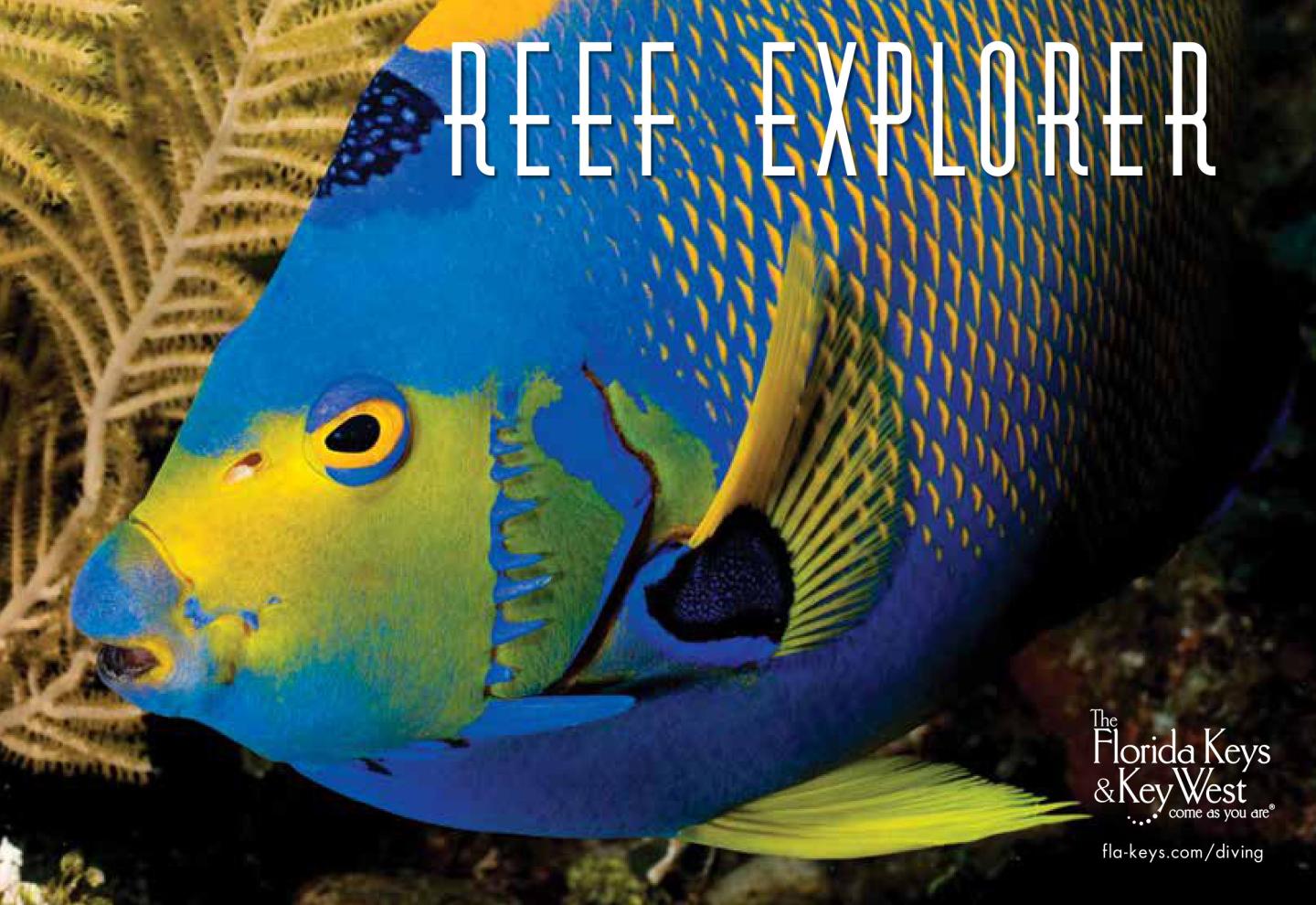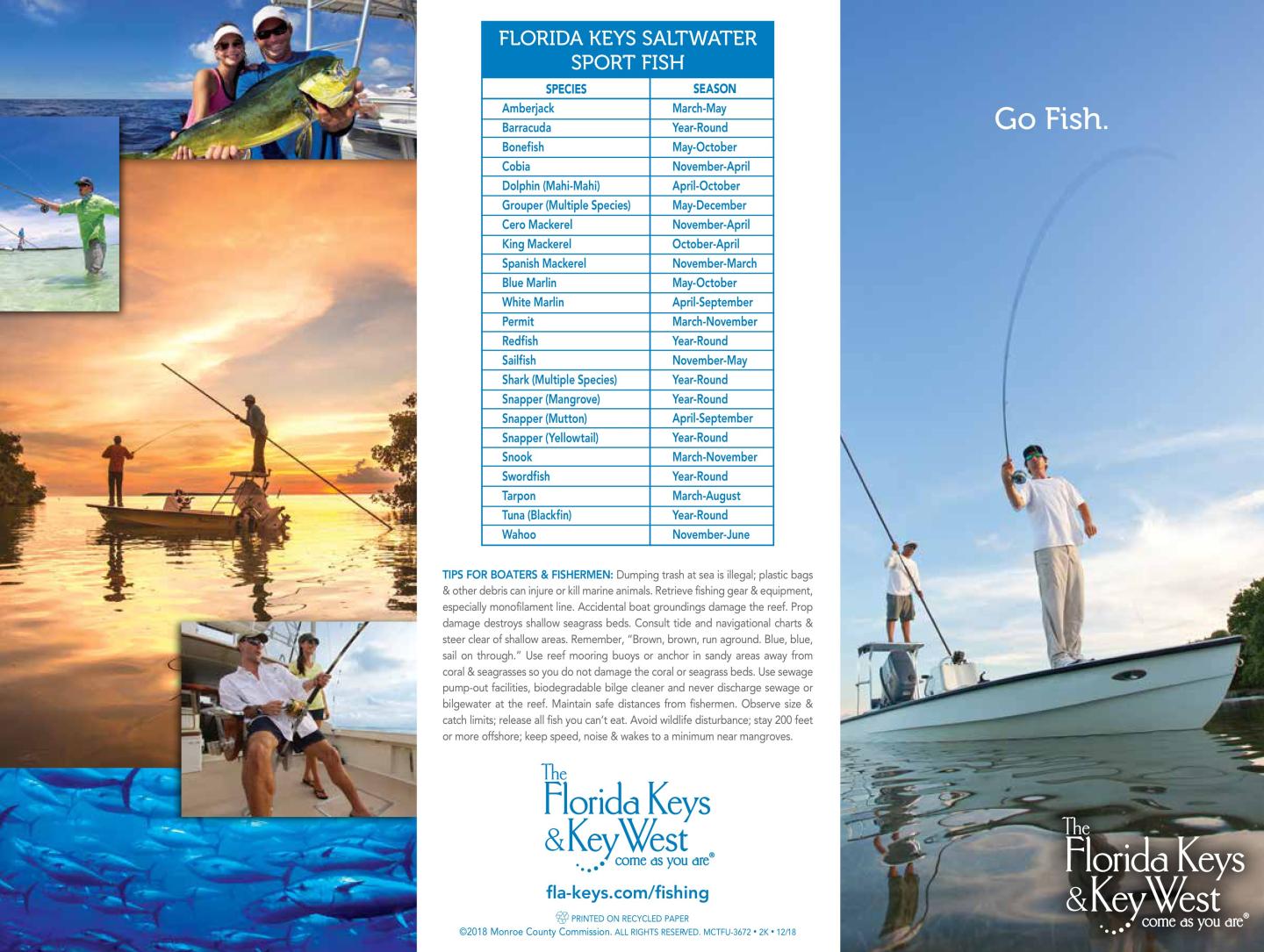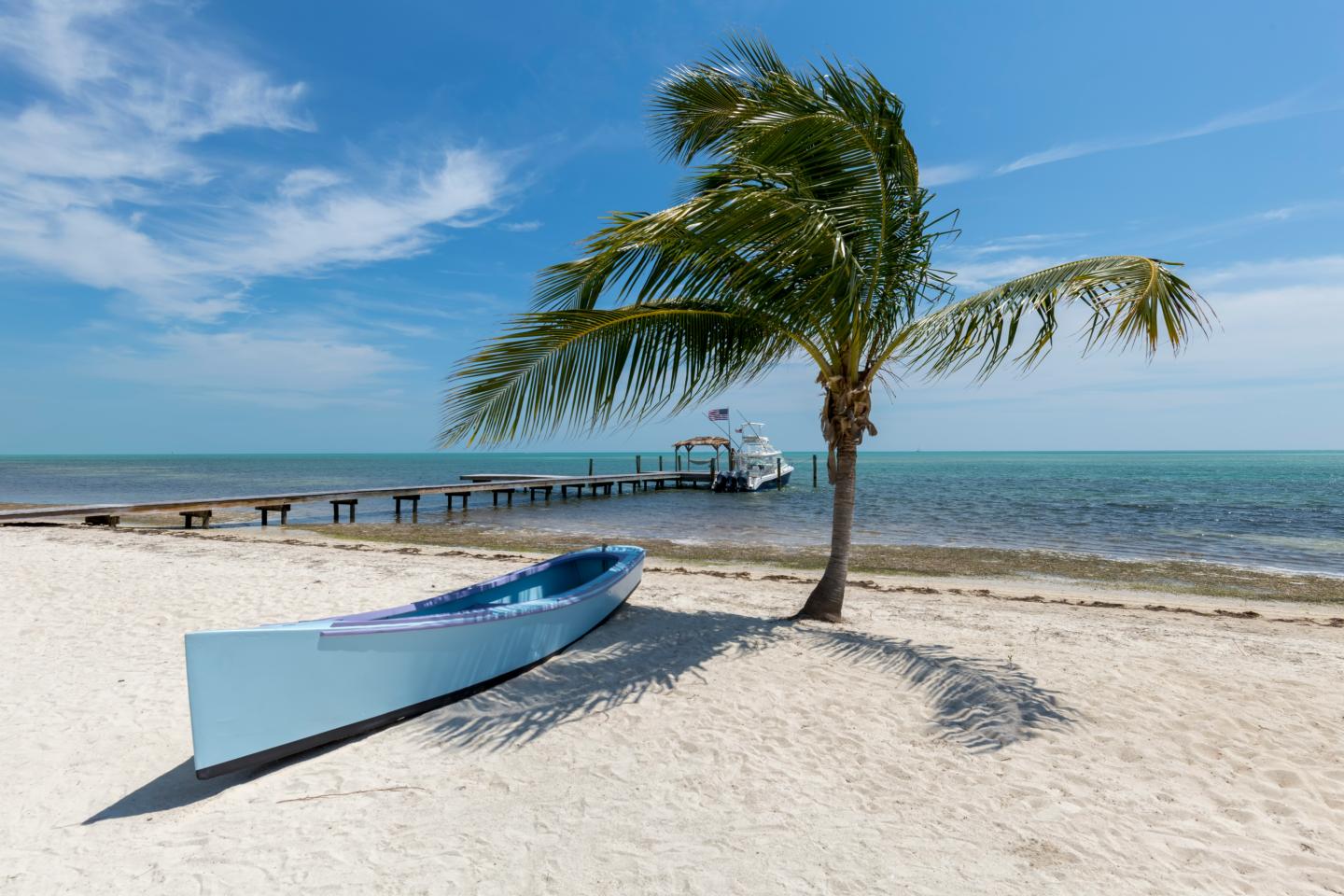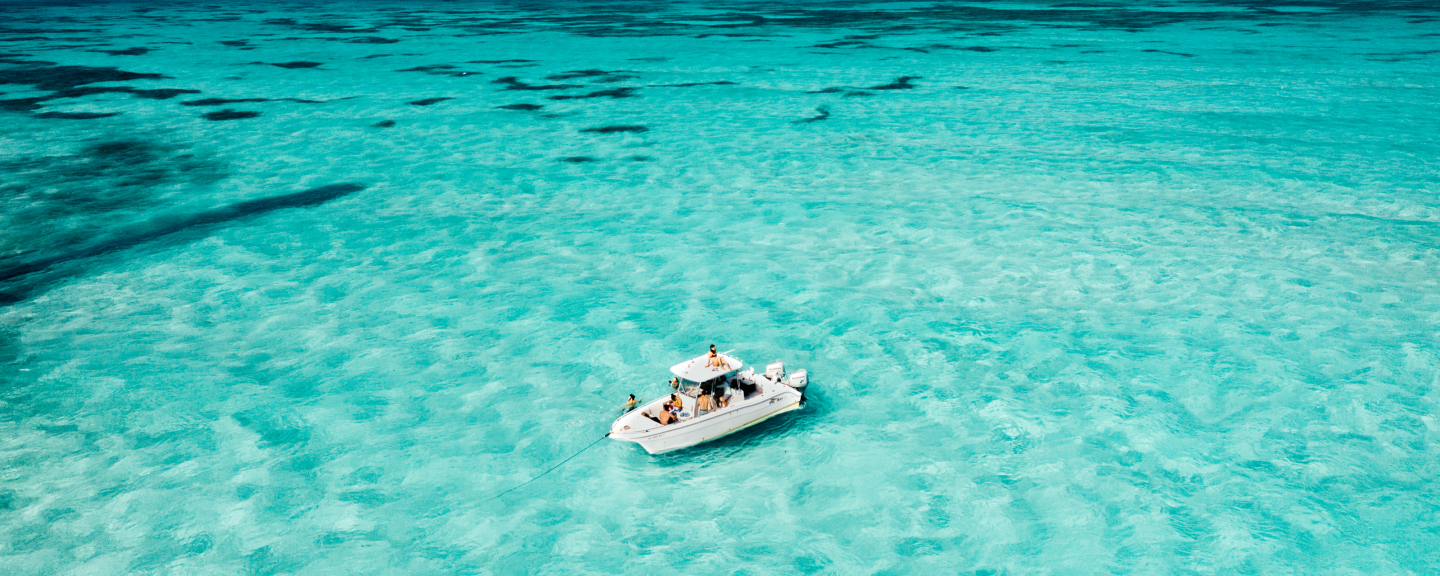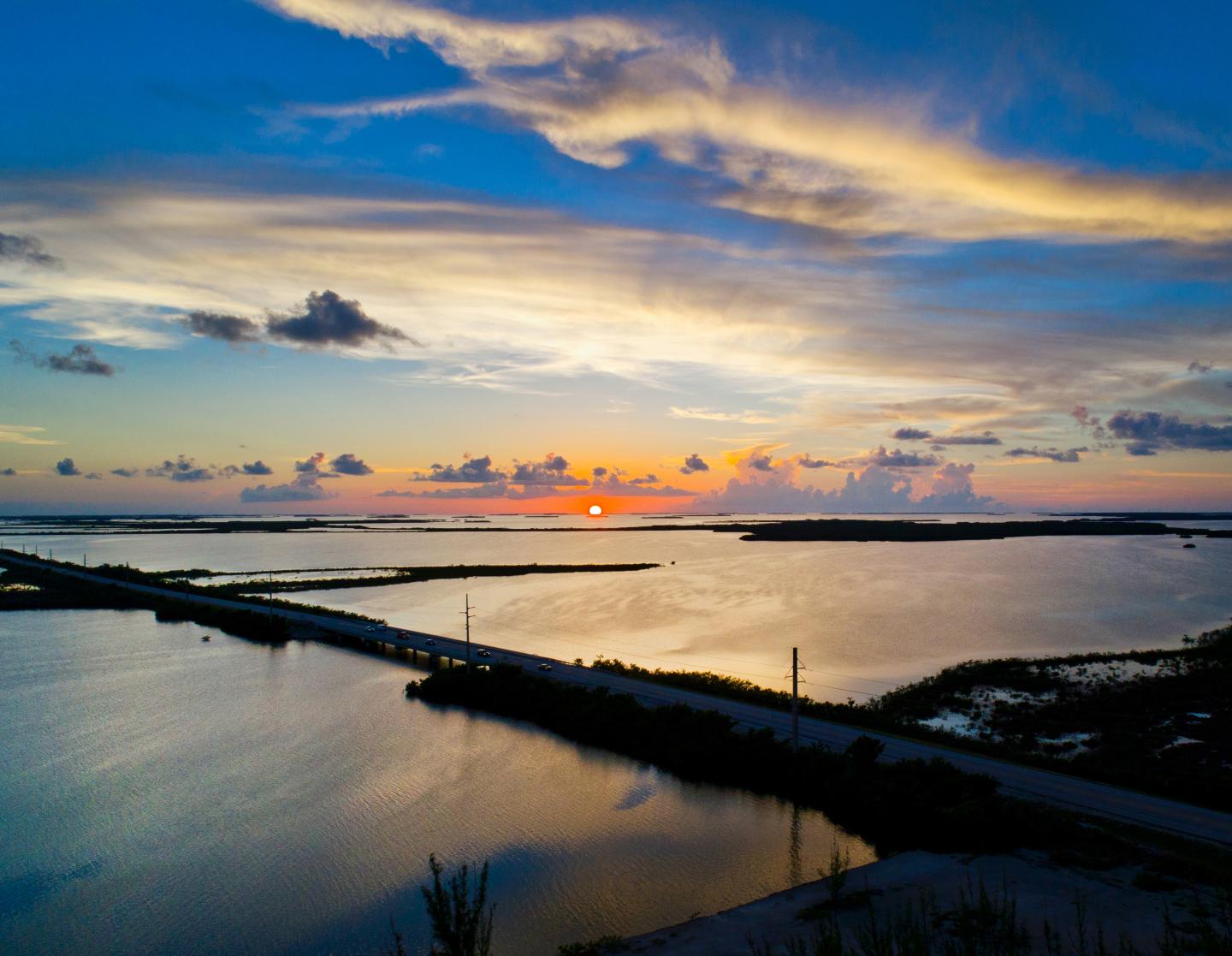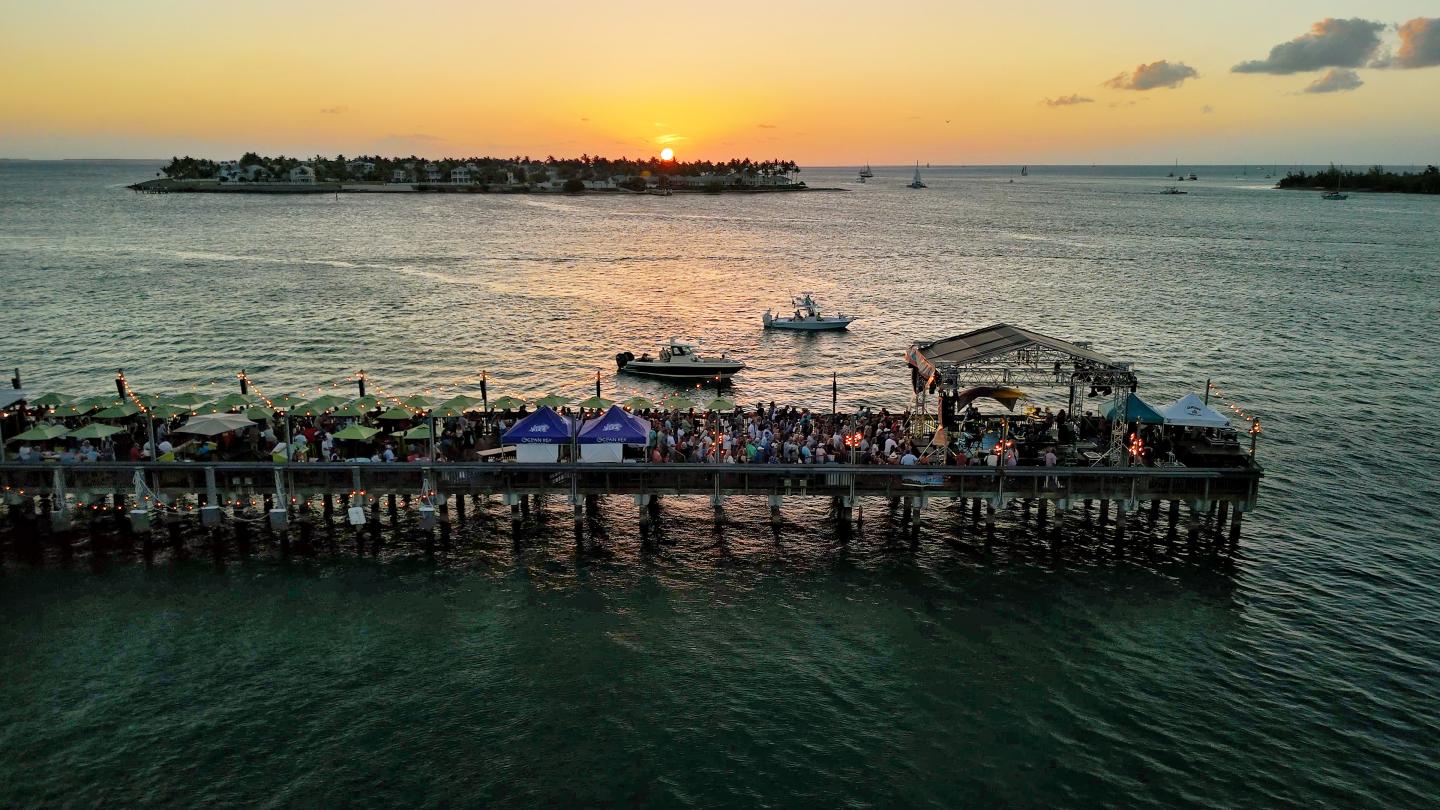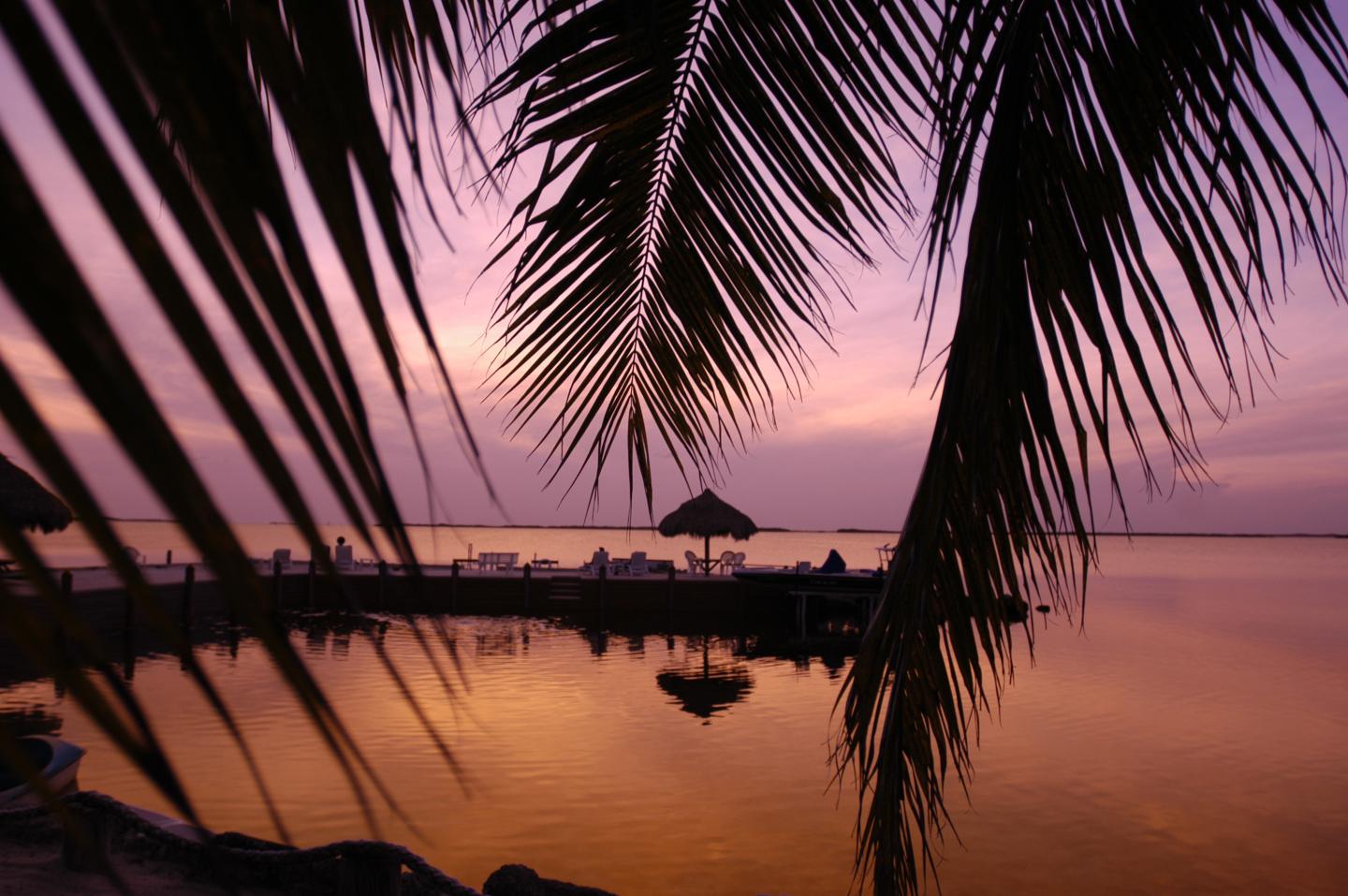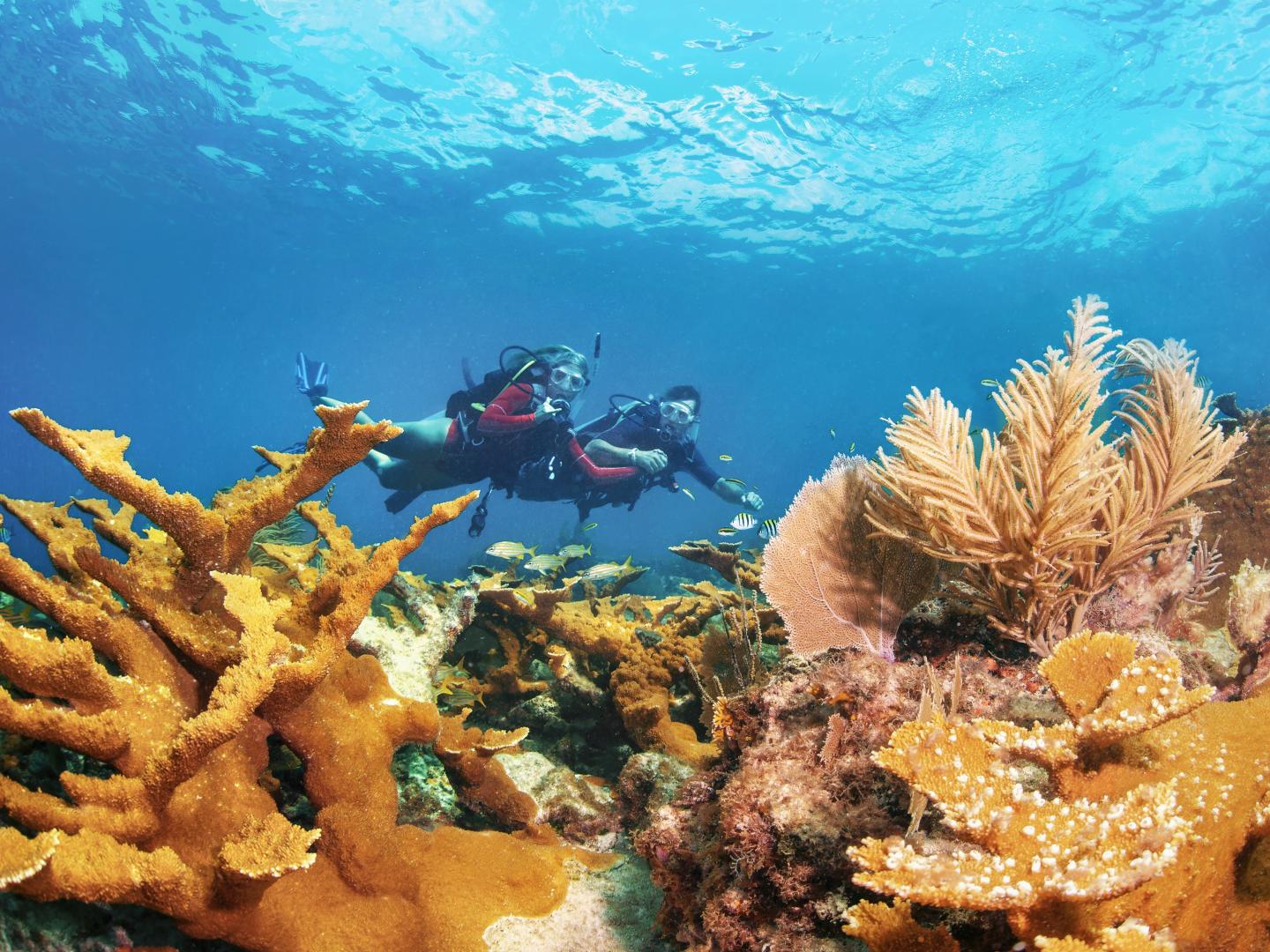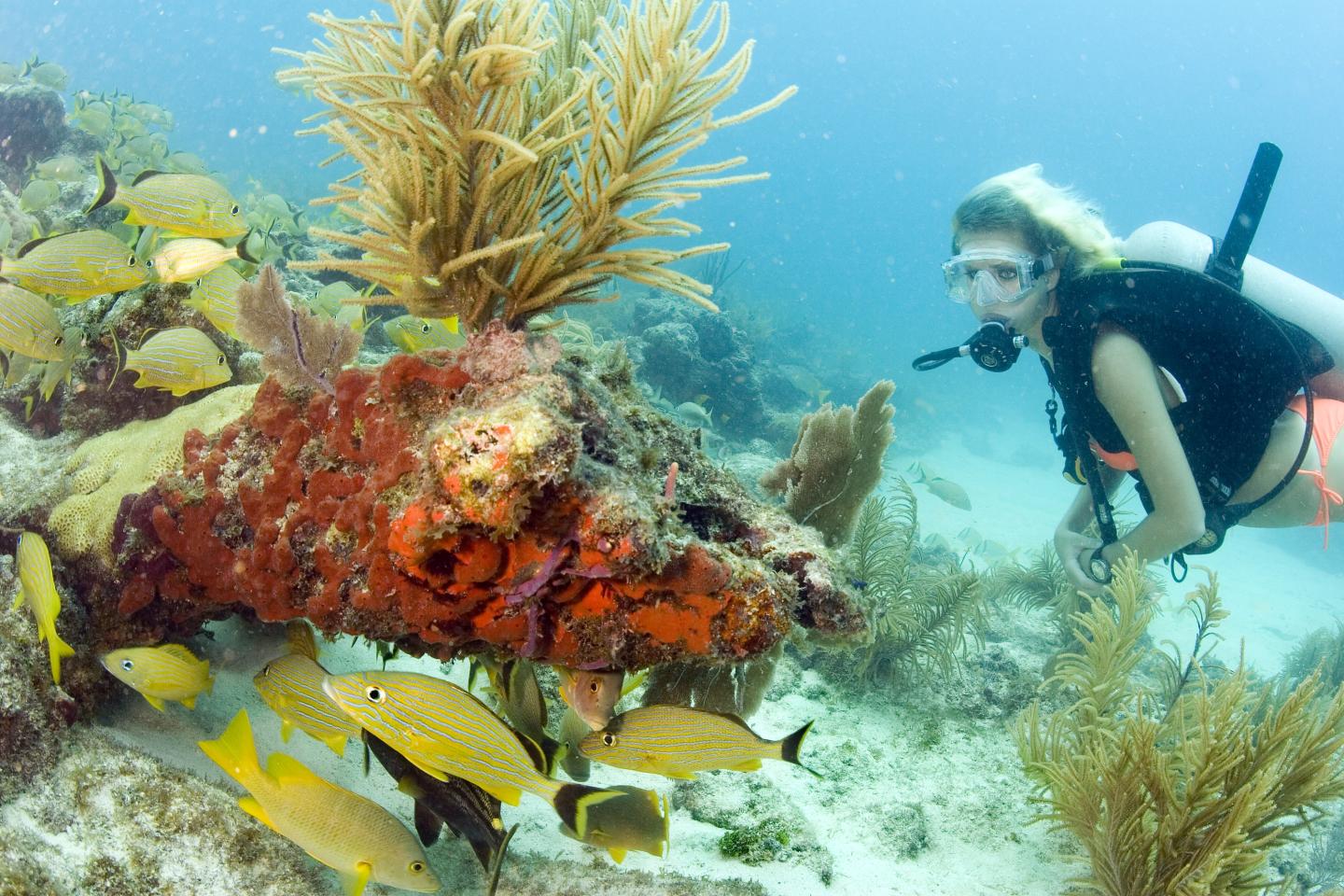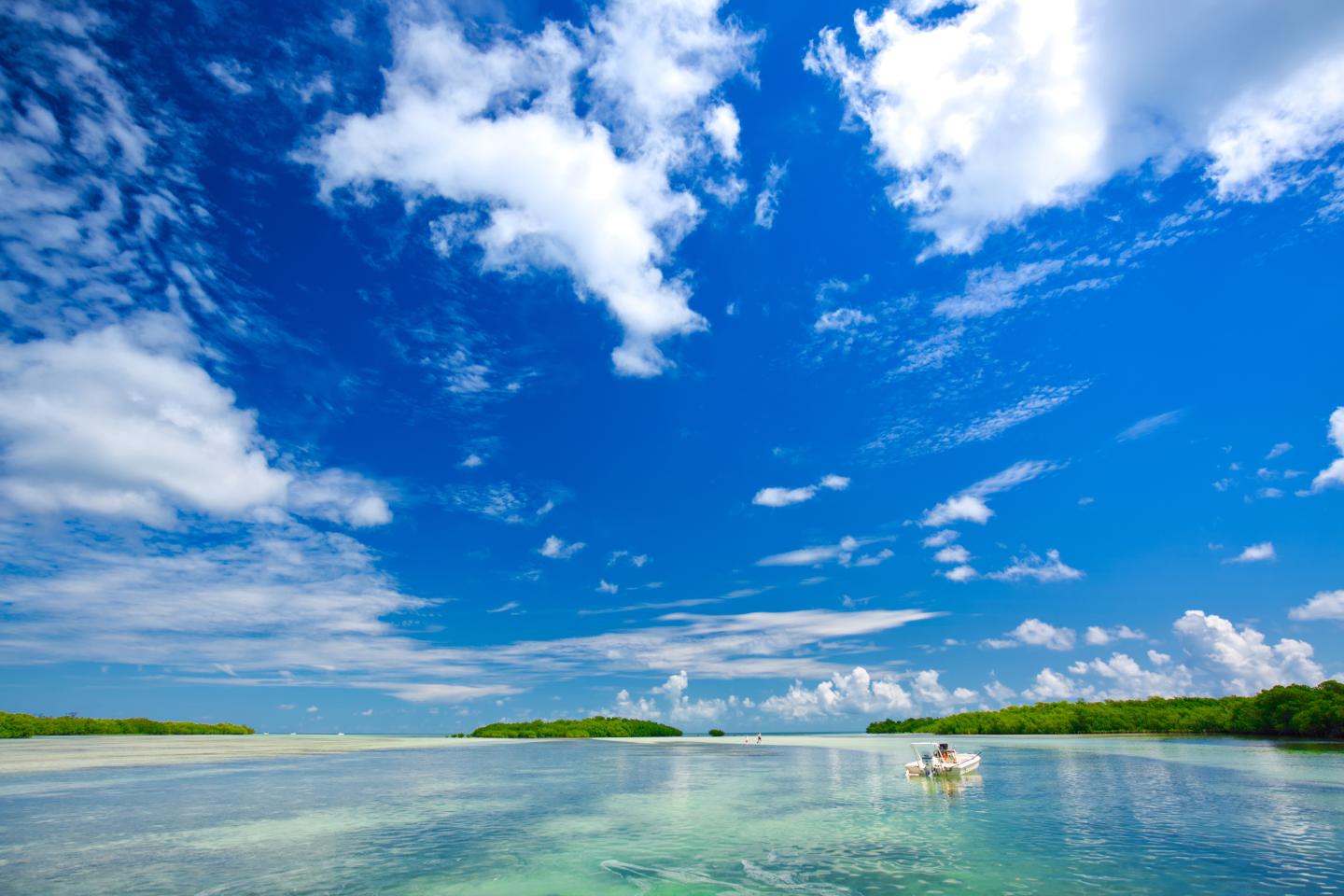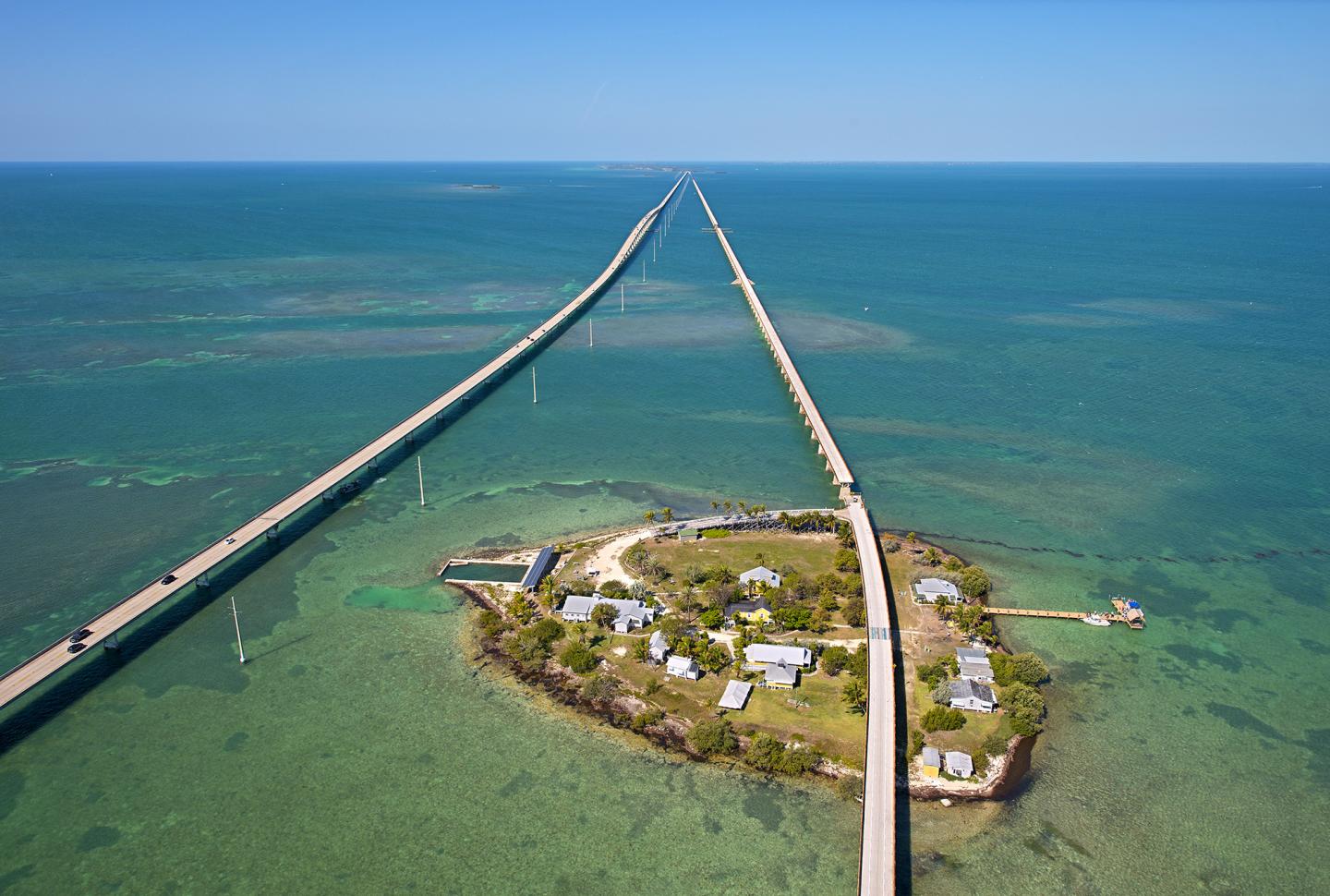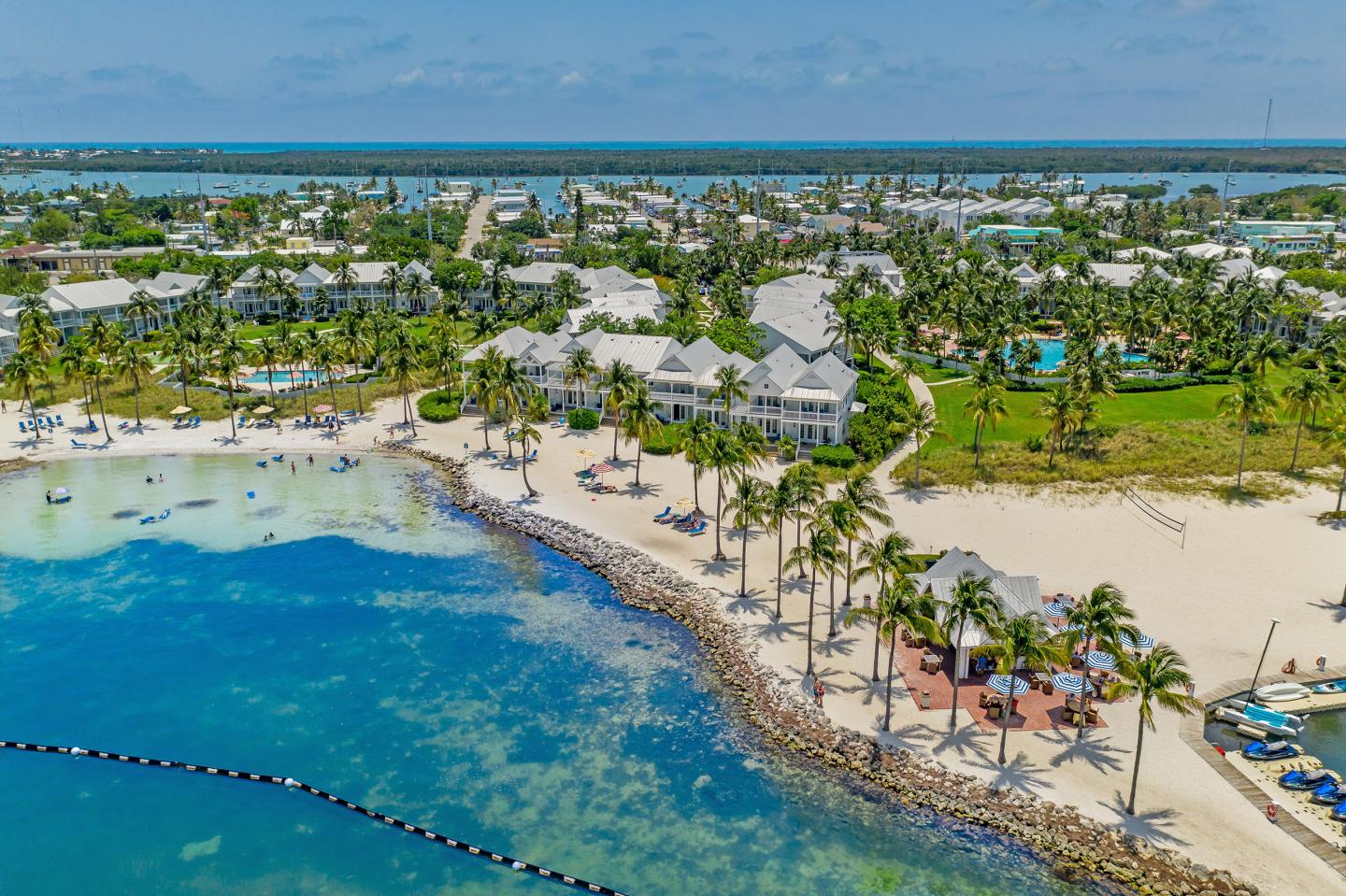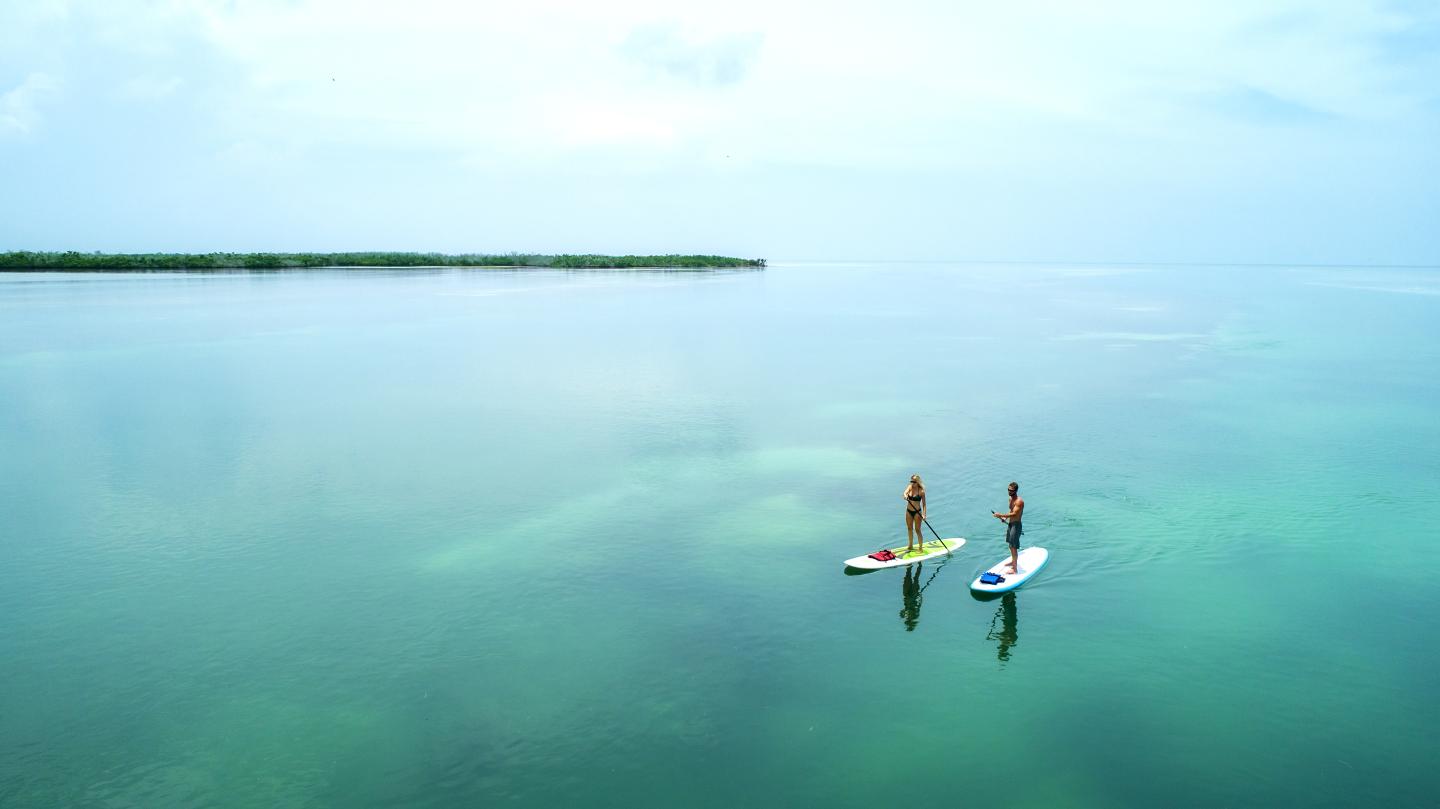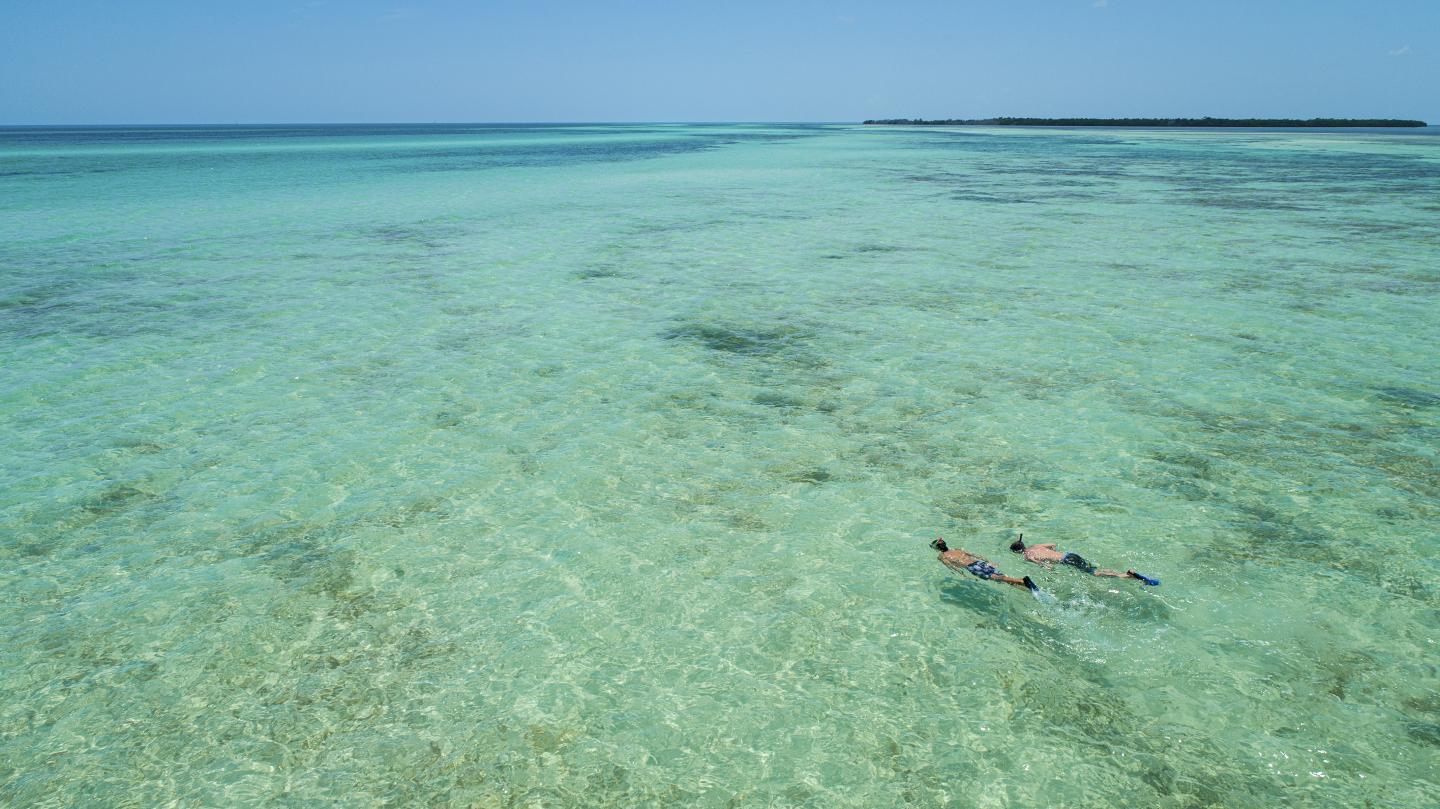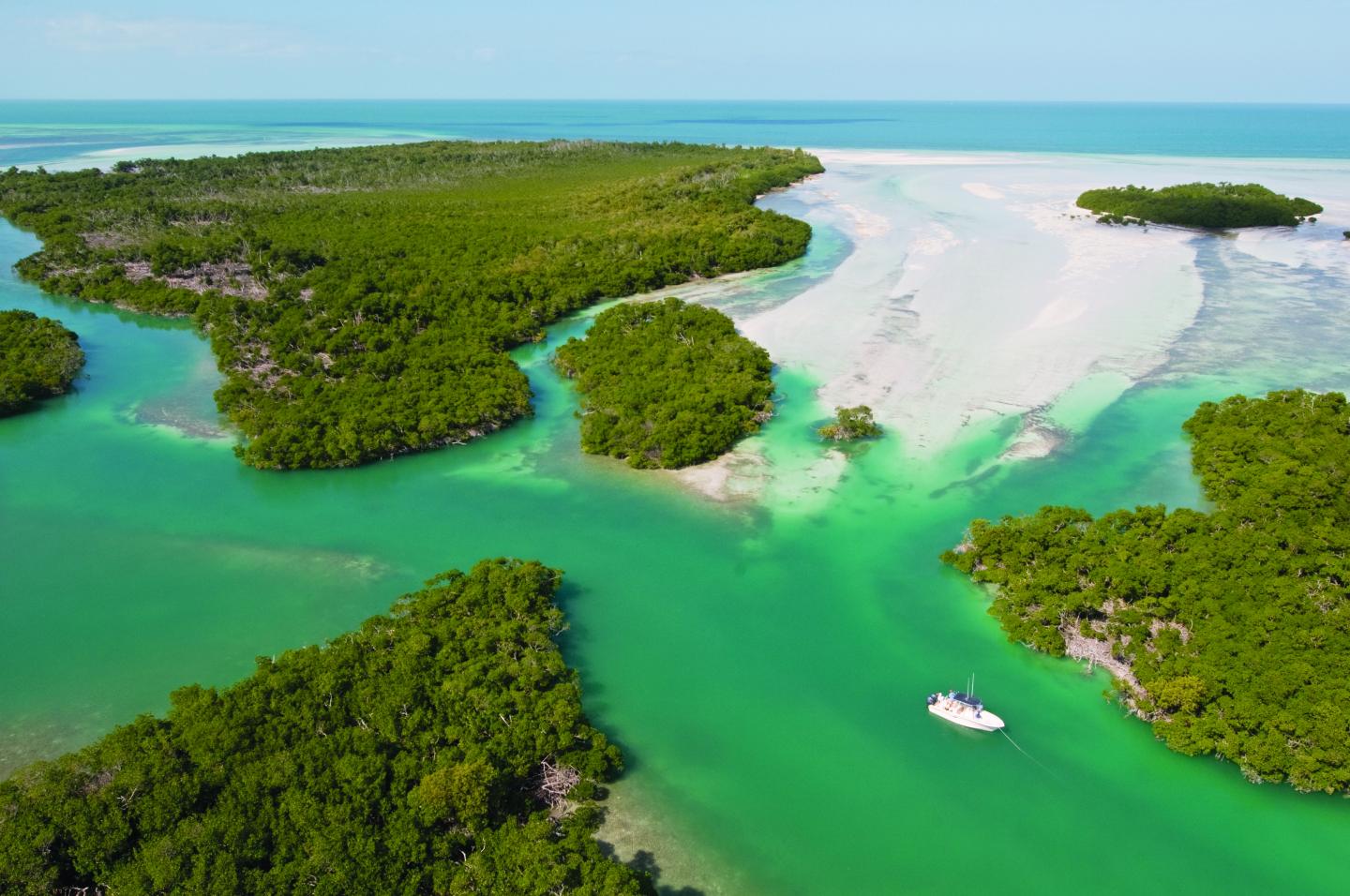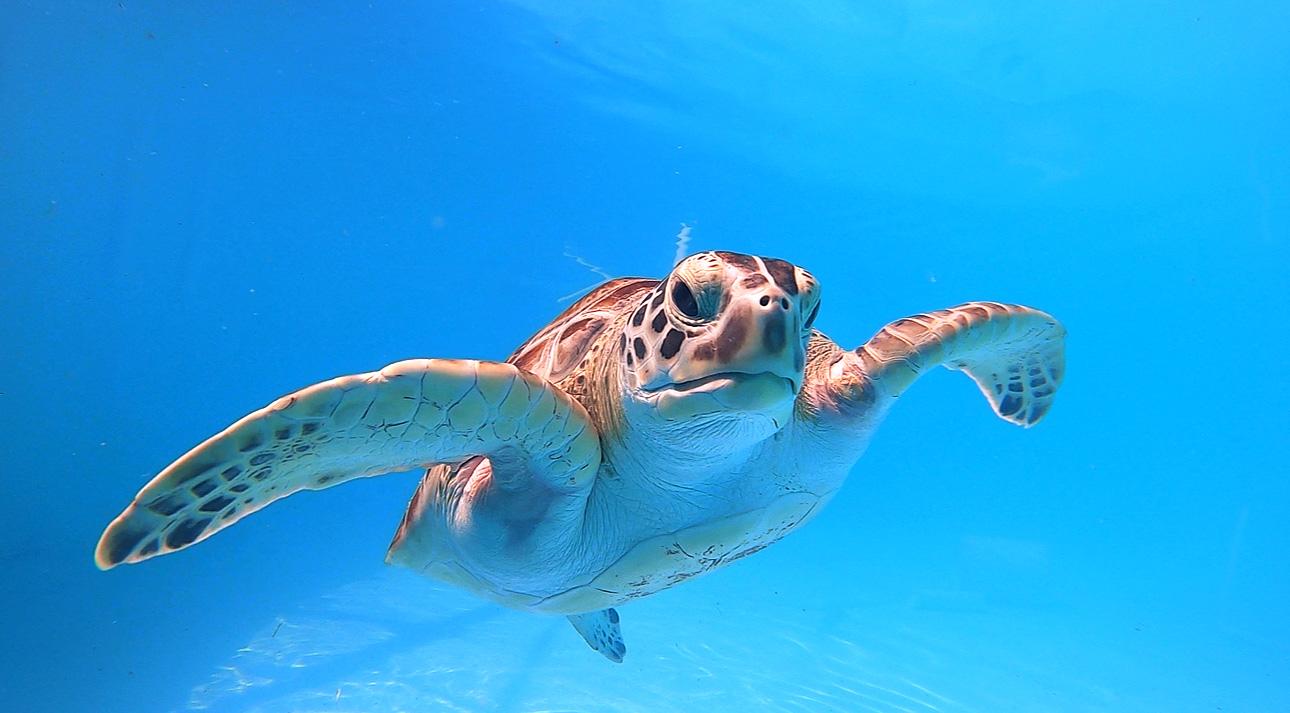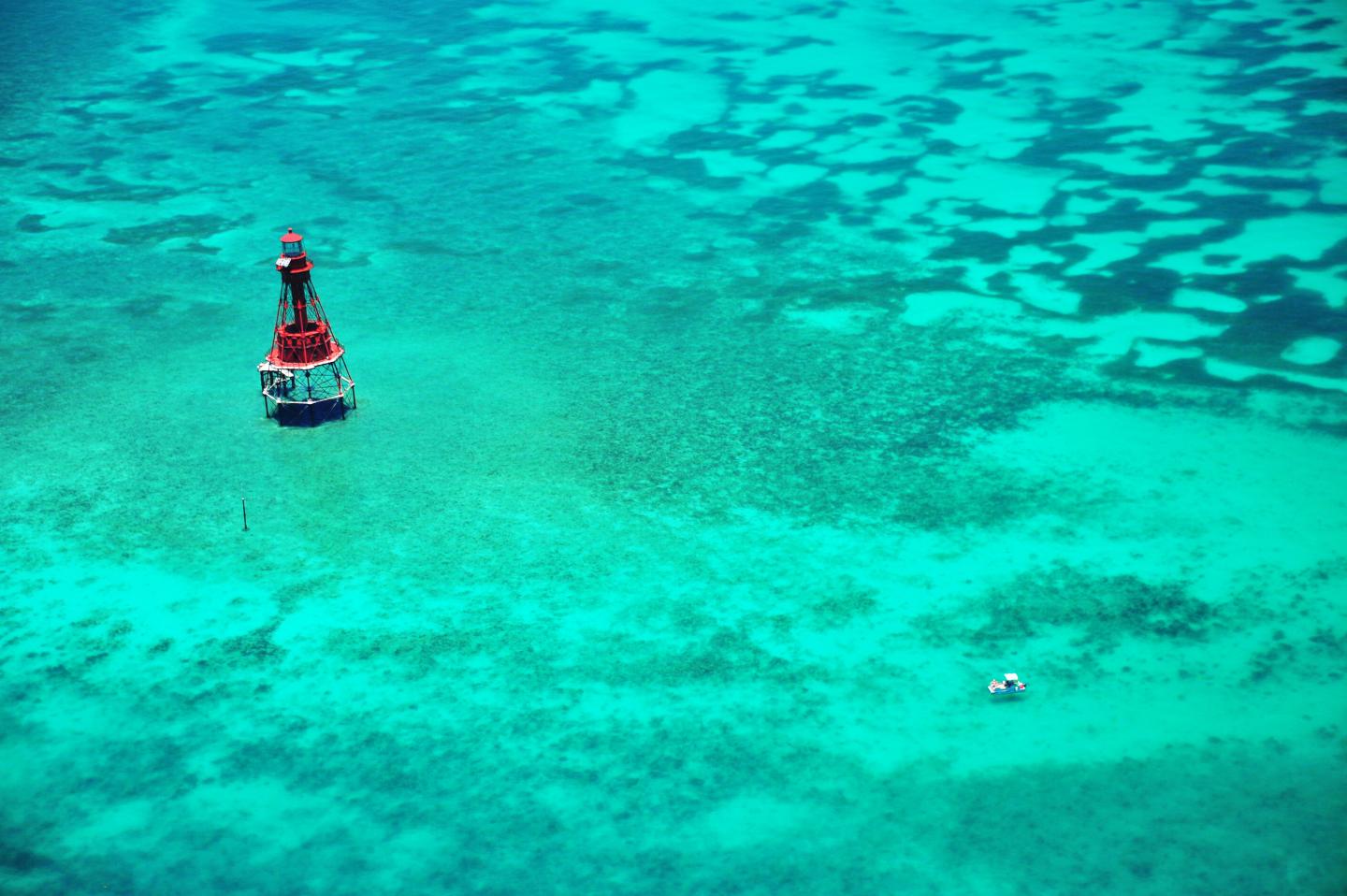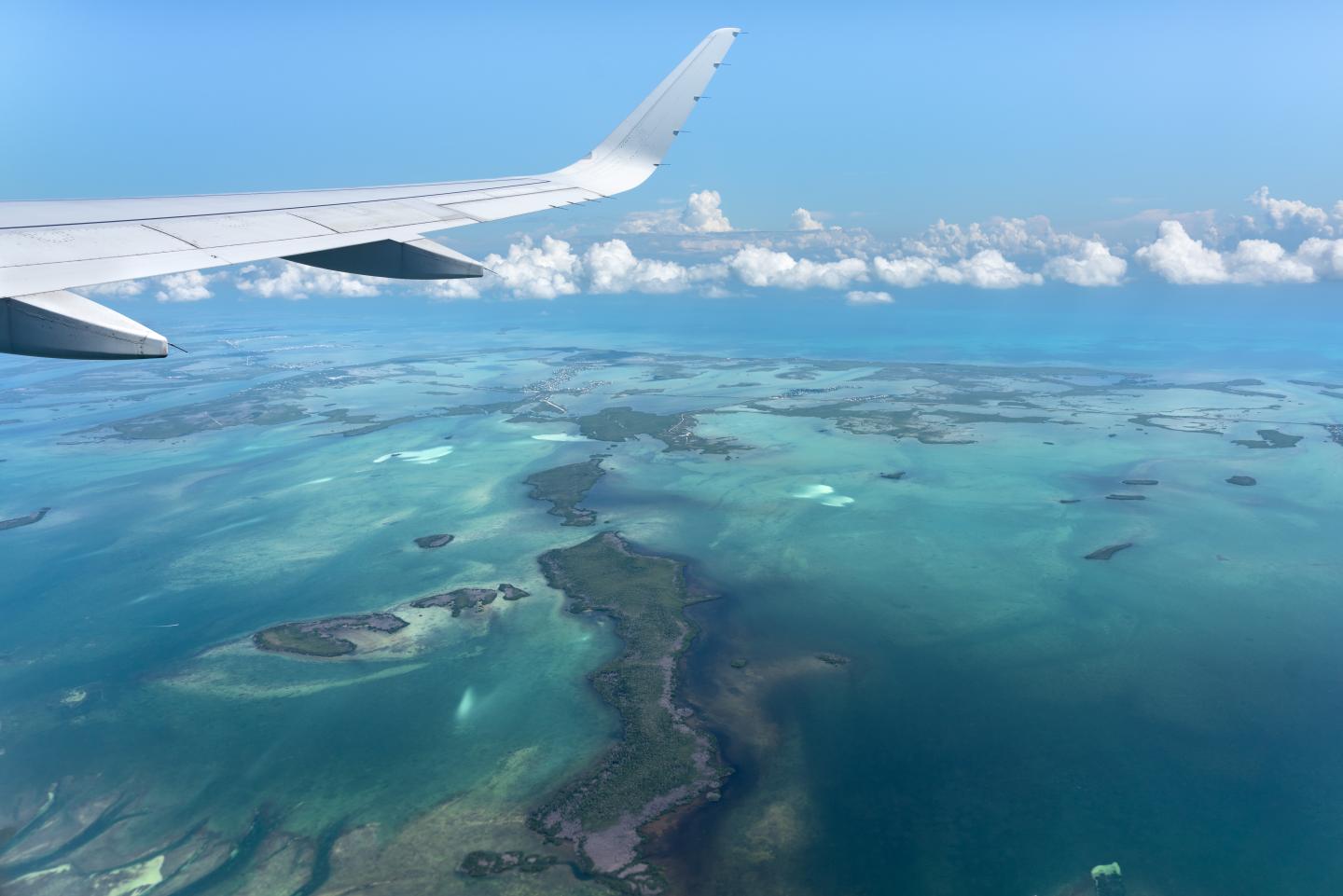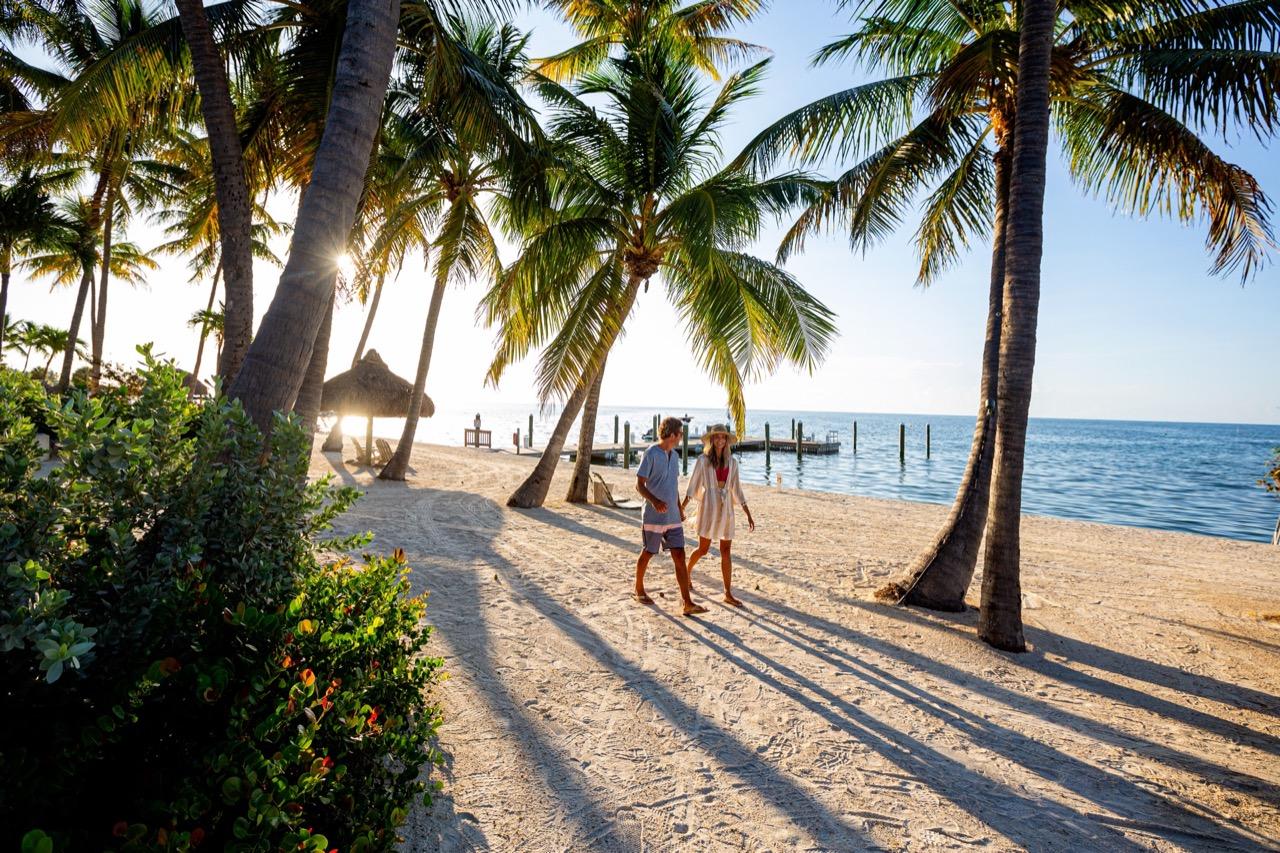
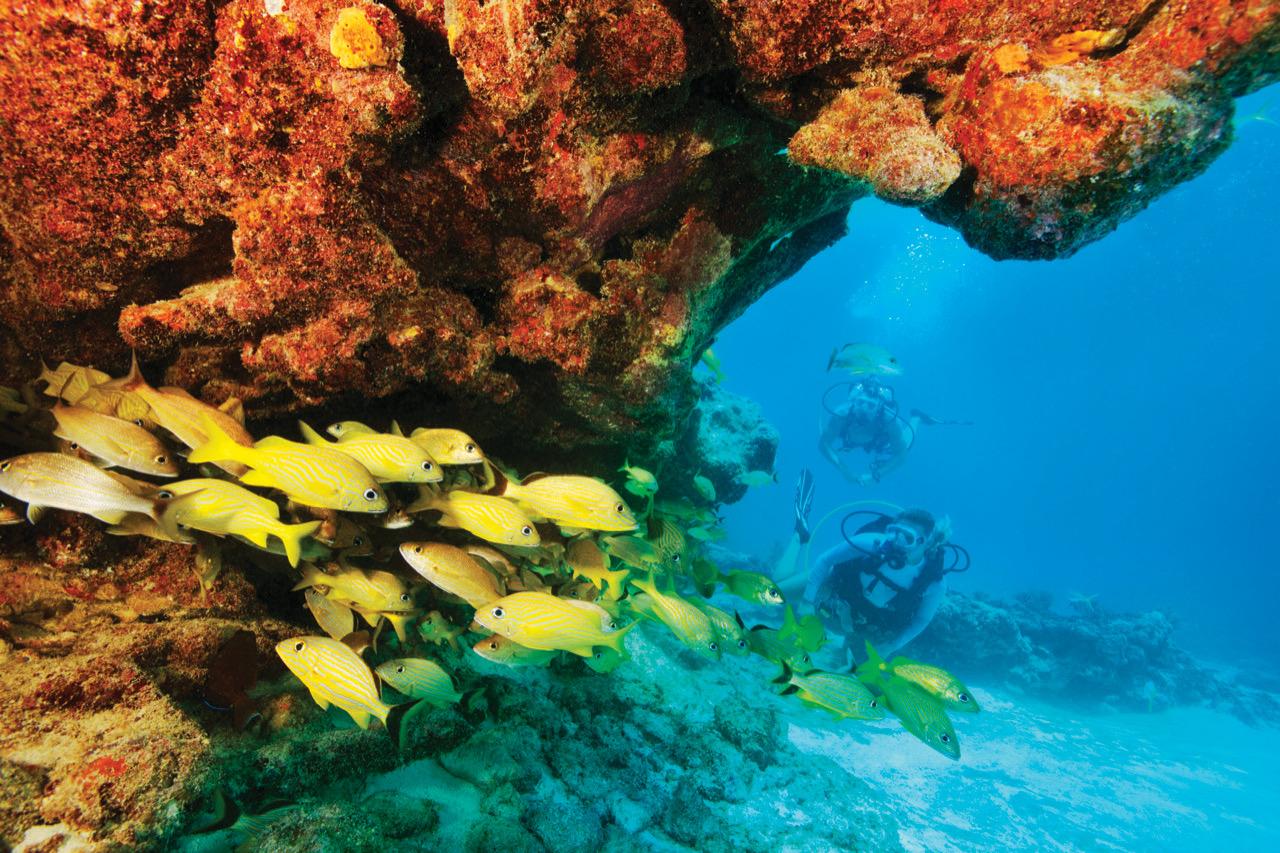
Diving & Snorkeling Information
All the details you need: videos, regulations and tips to make your Florida Keys diving or snorkeling outing safe, fun and memorable.
The 125-mile Florida Keys island chain is home to the continental United States' only living-coral barrier reef. This teeming backbone of marine life runs the length of the Keys about five miles offshore and offers Florida Keys scuba diving vacation memories that last a lifetime.
Our coral formations are famous for their abundance of fish, from impressive schools of blue-striped grunts to toothy green moray eels. The U.S. government established the Florida Keys National Marine Sanctuary to protect our marine habitat.
Preserving the reef is a top priority for a good reason. There is no more versatile marine destination in the world. We have coral-encrusted shipwrecks and intricate natural coral formations. We have shallow reefs for snorkelers, and a range of deeper reefs for experienced divers.
Most dive sites are equipped with convenient mooring buoys to save the reef from anchors and make it easy for boaters to tie off. Most sites are a short boat ride from our islands, where dozens of highly professional dive operators are ready to cater to you.
Once you visit the Keys, you'll see why some of the some of the most renowned dive photographers and writers in the world make this their home base.
Diving and Snorkeling The Florida Keys
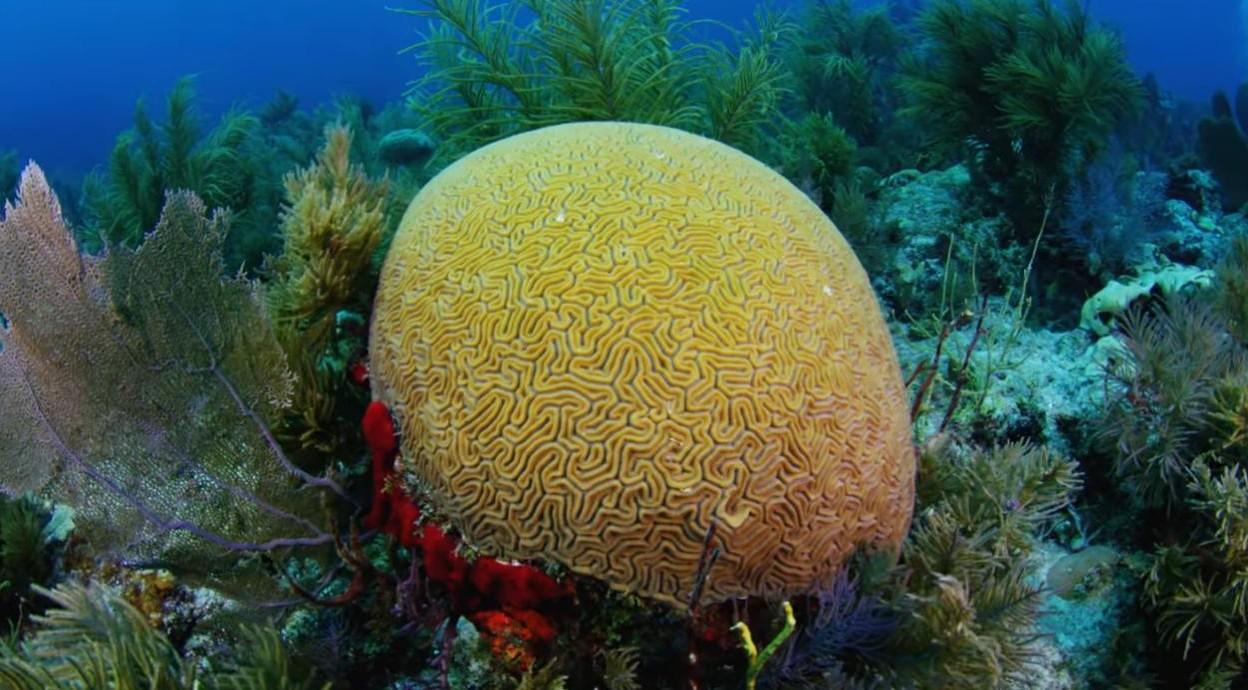
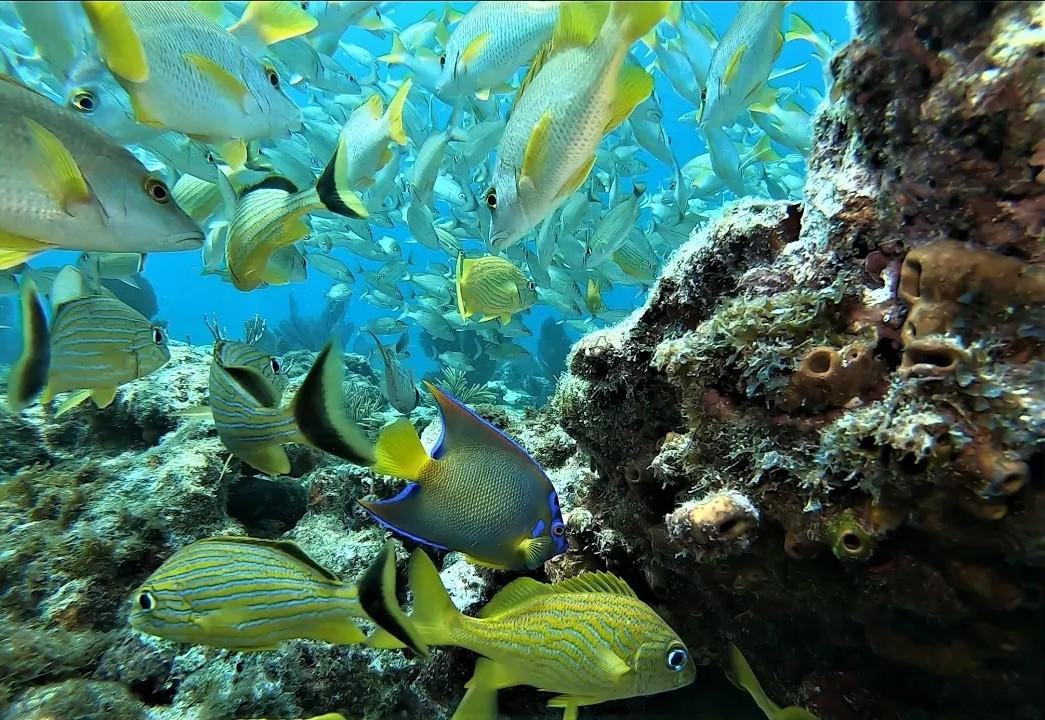
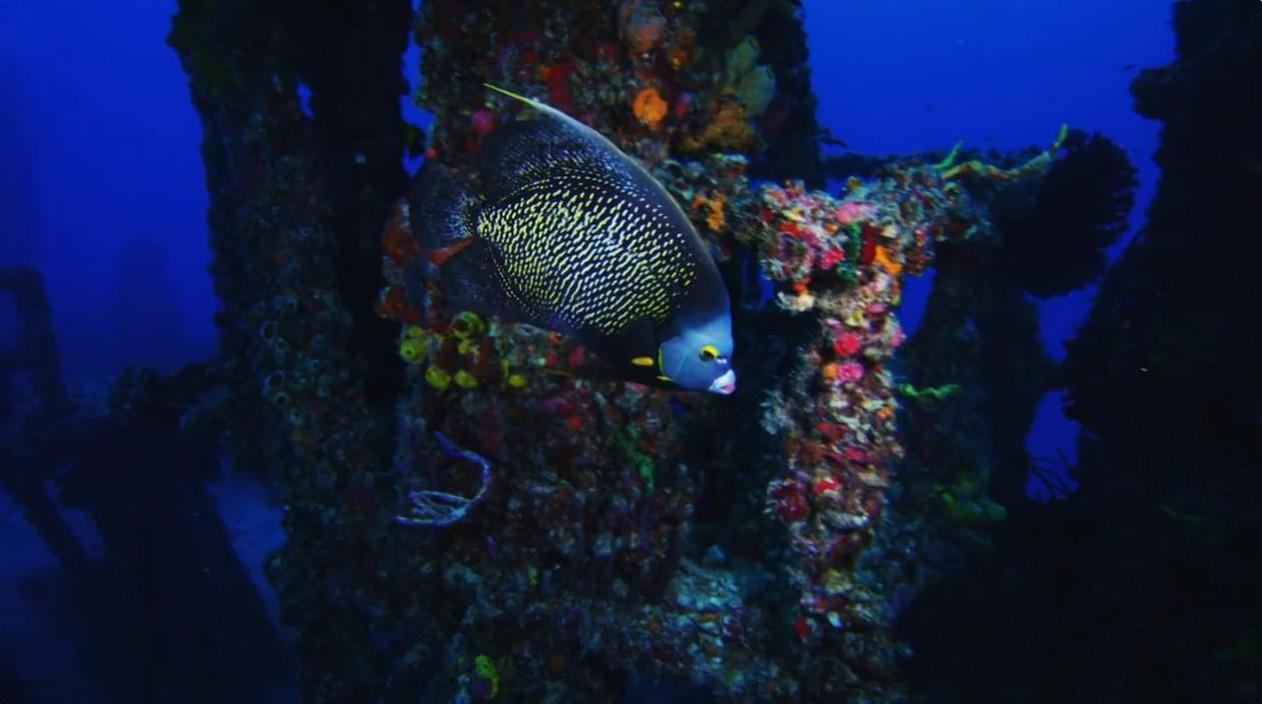
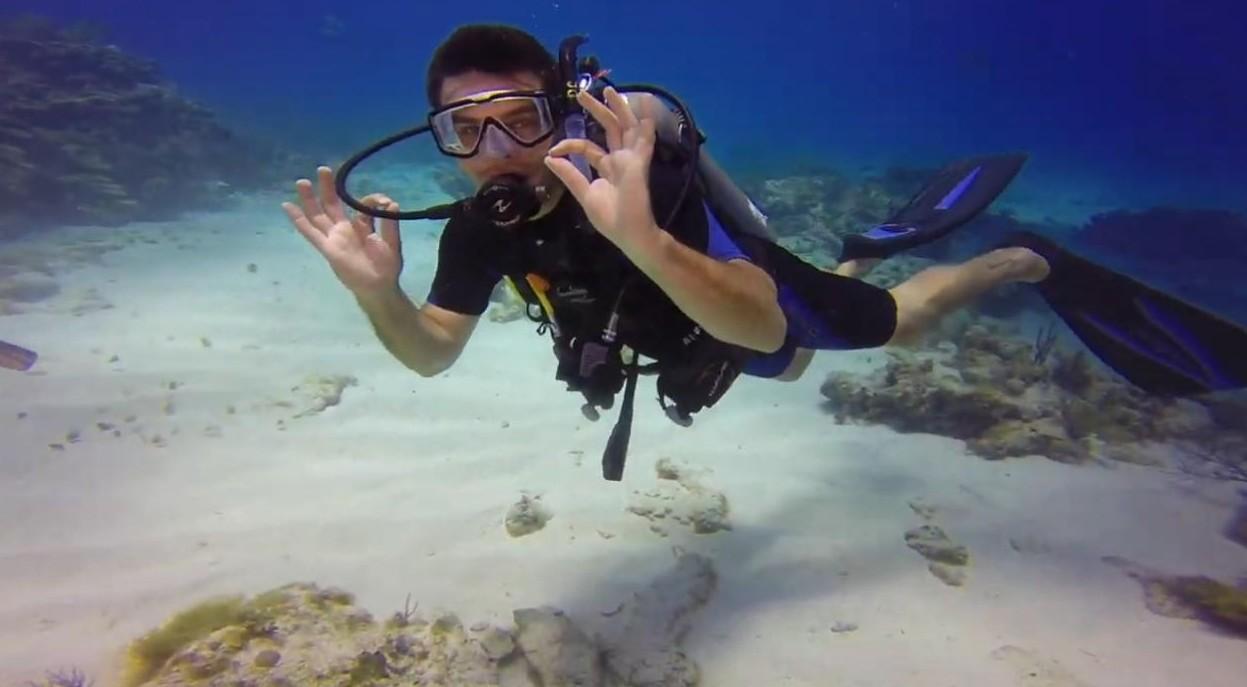
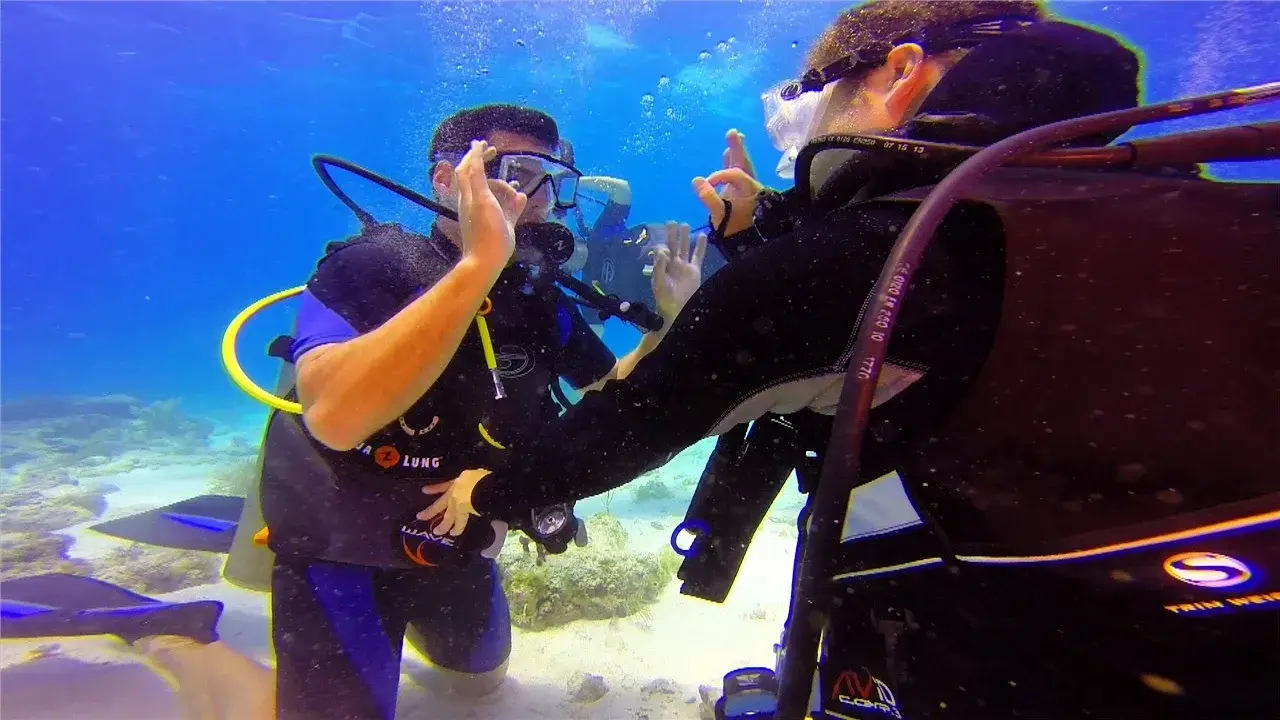
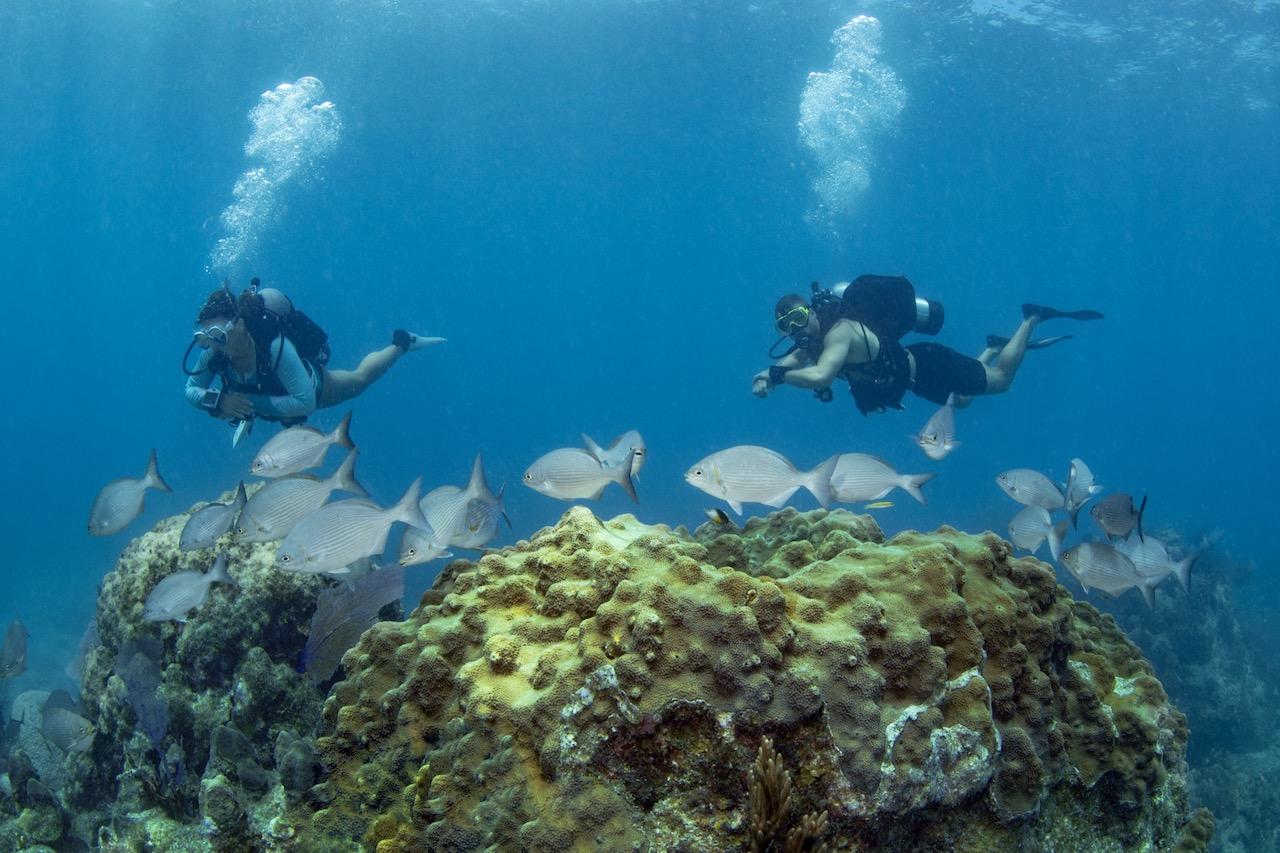
Coral Reef Protection Tips
- Check the Weather – Strong winds, waves, or poor visibility make reef visits unsafe.
- Hands Off the Coral – Even a light touch from fins, gear, or hands can harm the tiny coral polyps that build reefs.
- Use a Snorkel or Buoyancy Vest – It helps you adjust gear without ever standing on coral.
- Mind the Bottom – Practice good buoyancy control. Even sandy patches may be home to new growth.
- Don’t Feed the Fish – It disrupts natural feeding habits and can cause harm to both you and marine life.
- Never Take Coral – Harvesting coral is illegal in Florida.
- Use Mooring Buoys – Many dive and snorkel sites have them. Anchoring in Sanctuary Preservation Areas (SPAs) is prohibited.
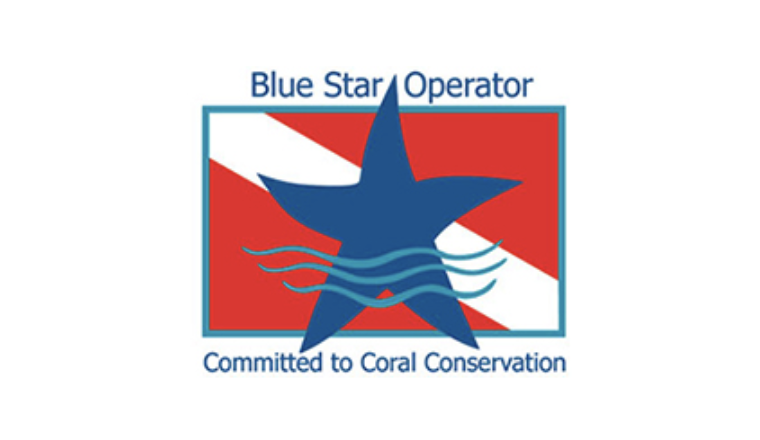
Blue Star Program
Blue Star is a program established by Florida Keys National Marine Sanctuary recognizing tour operators who are committed to promoting responsible and sustainable diving and snorkeling practices to reduce the impact of these activities on coral reefs in the Florida Keys. Blue Star Operators take the extra step to educate you to be better environmental stewards and to interact responsibly with coral reefs in the Keys.
Also the Florida Keys National Marine Sanctuary Boater Education Course, developed specifically for the Florida Keys, is a free online course about responsible boating and stewardship, and highlights relevant rules and regulations.
Regulations & Tips
Whether freediving or on scuba, spearfishing enthusiasts can find many spots for spearfishing opportunities, although there are regional zones that are protected from fishing within the Florida Keys National Marine Sanctuary.
- Florida Fish and Wildlife Conservation Commission: Saltwater Fishing Regulations
- Florida Keys National Marine Sanctuary Regulations
- Monroe County Spearfishing Regulations
- Marine Sanctuary Explorer app - your guide to the Florida Keys National Marine Sanctuary
- Safe Boating Tips & Lobster Regulations
Average Water Temperatures in The Florida Keys
| January | 72.5°F | April | 78.9°F | July | 87.6°F | October | 83.7°F | |||
| February | 74.0°F | May | 83.0°F | August | 88.7°F | November | 78.3°F | |||
| March | 75.8°F | June | 86.2°F | September | 87.2°F | December | 75.2°F |
